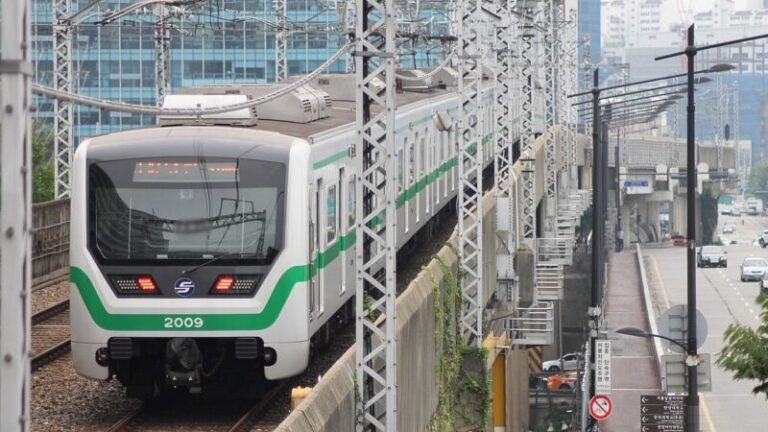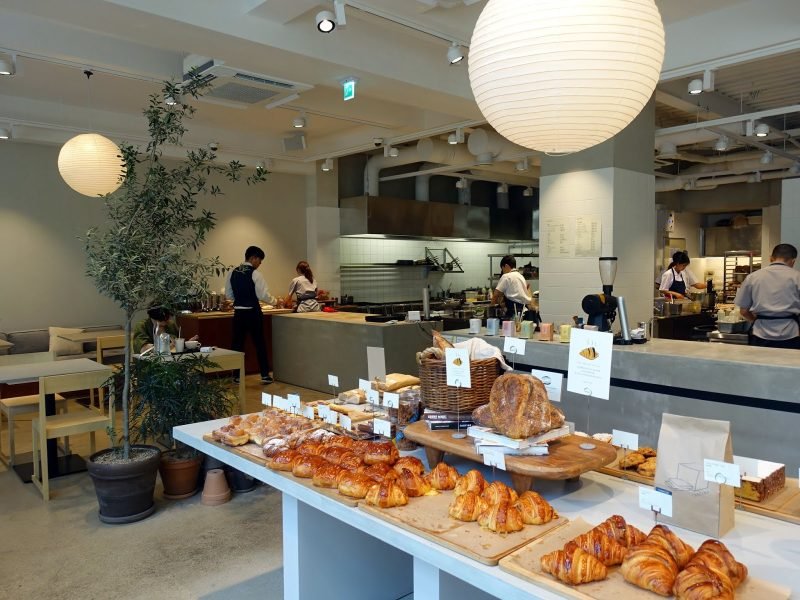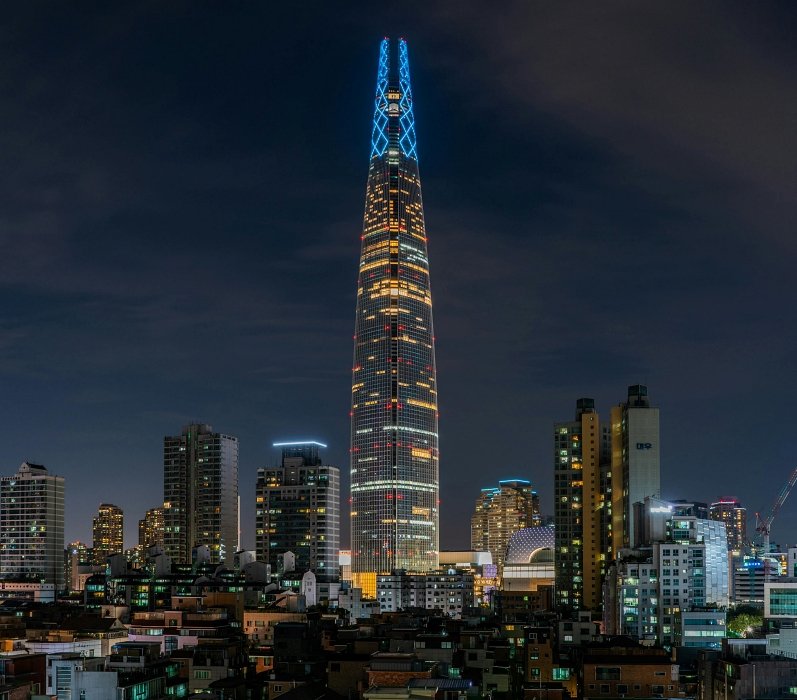Navigating Seoul’s vast and efficient public transportation system can seem daunting at first, but with a few tips and a little understanding, international visitors can explore the city with ease. Seoul’s public transport network is not only extensive but also clean, safe, and affordable, making it an ideal way for tourists to get around and experience the city’s diverse neighborhoods and attractions.
Introduction
Seoul’s public transportation system is a lifeline of the city, seamlessly connecting its sprawling districts through an intricate network of subways, buses, and taxis. For international visitors, mastering this system is not just a convenience; it’s a gateway to uncovering the hidden gems and cultural landmarks that define Seoul. The city’s commitment to public transit accessibility makes it possible to explore far and wide without the need for a car.
Understanding Seoul’s Public Transport Network
At the heart of Seoul’s public transport system are its subways and buses, complemented by a fleet of taxis that offer convenient albeit pricier rides. The subway, in particular, is renowned for its punctuality, extensive network, and ease of use, connecting major attractions, shopping districts, and residential areas across the city.
The introduction of the T-money card has revolutionized how residents and visitors alike navigate this network. This rechargeable smart card can be used on subways, buses, and even taxis, offering discounted fares and the convenience of tap-and-go access. Available for purchase at convenience stores and subway stations, the T-money card eliminates the need for buying single-journey tickets, making it an indispensable tool for the savvy traveler.
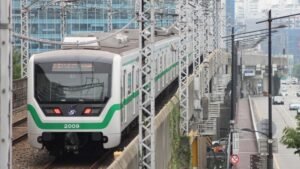
Subway
The Seoul Metro is the backbone of the city’s public transport, with lines extending in all directions and signage in both Korean and English. Understanding the subway map may seem challenging at first, but it’s designed with user-friendliness in mind. Each line is color-coded, and stations are numbered, making it easier to plan your route and navigate the system.
Purchasing tickets is straightforward with T-money card kiosks located in every station. These kiosks offer instructions in multiple languages, ensuring that international visitors can recharge their cards without hassle. Alternatively, single-journey tickets can be purchased, but the T-money card is more economical for those planning multiple rides.
Travelers should be mindful of peak hours, typically from 7:00 to 9:00 AM and 6:00 to 8:00 PM on weekdays, when the subway can get crowded. Observing subway etiquette is crucial; queues form orderly boarding, and priority seating is reserved for the elderly, disabled, and pregnant women. Keeping to the right on escalators allows faster walkers to pass on the left, maintaining the flow of movement within stations.
Navigating Seoul’s public transportation system is a rewarding experience that offers more than just convenience; it provides a glimpse into the daily lives of Seoul’s residents. With these tips and a bit of adventurous spirit, international visitors can confidently explore the city, knowing that Seoul’s public transport is designed to guide them every step of the way.
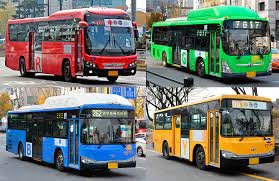
Buses
Seoul’s bus system is as intricate and reliable as its subway, offering another layer of connectivity across the city and its suburbs. Understanding the color-coded bus system enhances navigation and makes travel smoother for international visitors.
- Blue Buses operate on long-distance routes, connecting different districts within Seoul. They primarily run on major roads and expressways, facilitating swift cross-city travel.
- Green Buses serve as feeder buses, linking smaller neighborhoods and subway stations. These buses cover shorter distances and weave through residential areas, making them essential for last-mile connectivity.
- Yellow Buses circle specific neighborhoods or districts within Seoul, offering a convenient way to explore major tourist spots and business areas without extensive walking.
- Red Buses, also known as express buses, connect Seoul to suburban areas. They are designed for commuters traveling between the city and its outskirts, operating at higher speeds with fewer stops.
To effectively use Seoul’s bus system, familiarizing yourself with bus stops and schedules is key. Each bus stop displays information about the buses that stop there, including route numbers and main stops. Schedules can vary, especially for less frequent routes, so planning ahead is advisable.
Leveraging mobile apps can significantly enhance your bus travel experience in Seoul. Apps like KakaoMap and Naver Map offer real-time bus information, including routes, schedules, and even the current location of buses. They also provide the estimated time of arrival (ETA) at specific stops, helping to minimize waiting times.
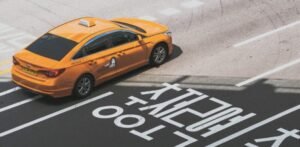
Taxis
Taxis in Seoul offer a convenient, albeit more expensive, alternative to public transportation. Understanding the different types of taxis can help you choose the right one for your needs:
- Regular Taxis (Silver or Orange) are the most common and affordable option. They are suitable for short to medium distances within the city.
- Deluxe Taxis (Black with Gold Stripe) are more expensive but offer a higher level of comfort, including larger vehicles and more professional service. They do not charge extra for late-night rides, making them a good option for late hours.
- International Taxis (Black and marked as “International”) are specifically designed for foreigners, with drivers proficient in English, Japanese, or Chinese. These taxis can be booked in advance and are ideal for those concerned about language barriers.
To avoid miscommunication and ensure a smooth ride, here are a few tips:
- Fares and Payment : Regular taxis start with a base fare and charge based on distance and time. Deluxe and International Taxis have higher base fares. Most taxis accept credit cards, T-money cards, and cash. It’s wise to have the address of your destination written in Korean or saved on your phone to show the driver.
- Avoiding Miscommunication : Using translation apps like Google Translate or Papago can help bridge the language gap. Additionally, showing the driver the address or name of the destination in Korean can prevent misunderstandings.
Recommended Translation Apps:
- Papago : Developed by Naver, it’s tailored for Korean language translations and includes a conversation mode ideal for taxi rides.
- Google Translate : Offers a wide range of languages and features like offline translation and camera translation, useful for reading signs or menus.
Armed with knowledge of Seoul’s buses and taxis, along with helpful mobile apps, international visitors can navigate the city with confidence, exploring beyond the tourist hotspots and immersing themselves in the rich tapestry of Seoul’s everyday life.
Alternative Transport Options
Seoul’s commitment to providing diverse and accessible transportation options extends beyond its extensive public transport network. For those looking to explore the city from a different perspective, bike rentals and pedestrian-friendly zones offer a refreshing alternative.
Bike Rentals
Seoul’s public bike rental system, known as Seoul Bike “Ddareungi,” is a convenient and eco-friendly way to explore the city. Available throughout Seoul, these bikes can be rented and returned at any designated bike station. The service is accessible via a mobile app, where users can sign up, locate nearby bikes, and pay for rentals. Cycling along the Han River or through Seoul’s bike-friendly streets allows visitors to enjoy the city’s scenic beauty at their own pace.
Pedestrian-Friendly Zones
Seoul boasts numerous pedestrian-friendly zones, such as Cheonggyecheon Stream and Insadong. These areas are perfect for leisurely walks, offering a closer look at Seoul’s vibrant street life, traditional architecture, and modern urban spaces. Walking through these zones provides a serene escape from the bustling city life and an opportunity to discover hidden gems, from quaint cafes to unique shops.
Using Korea’s Ride-Hailing Apps
For a more personalized travel experience, Korea’s ride-hailing apps, like Kakao T, offer convenient transportation options. These apps provide services ranging from taxis to luxury car hires, all bookable from your smartphone. They offer a reliable and efficient way to navigate the city, especially during late hours or when public transport options are limited.
Practical Tips for International Travelers
Discover Seoul Pass
For tourists looking to maximize their experience in Seoul, the Discover Seoul Pass is an invaluable resource. This pass offers free or discounted access to over 30 major tourist attractions and unlimited use of public transportation. It’s a cost-effective way to explore the city’s rich cultural heritage, from palaces and museums to theme parks.
Navigating Seoul During Major Holidays and Festivals
Seoul is vibrant and lively during holidays and festivals, but it’s essential to plan ahead. Accommodations can get booked quickly, and some services may operate on a reduced schedule. Participating in festivals like the Seoul Lantern Festival or enjoying the city during the Lunar New Year can be memorable experiences; just make sure to check schedules and book in advance.
Safety Tips and How to Seek Help in Case of Emergencies
Seoul is known for its safety, but it’s always wise to stay cautious. Keep emergency numbers handy (such as 112 for police and 119 for fire and ambulance). For non-Korean speakers, the 1330 Korea Travel Hotline provides assistance in multiple languages, offering information on travel, medical services, and more.
Conclusion
Navigating Seoul’s public transport can seem overwhelming at first, but understanding the various options available makes it easier to explore the city’s rich tapestry of history, culture, and modernity. Whether it’s taking the subway to a bustling market, renting a bike to ride along the Han River, or walking through pedestrian-friendly zones, Seoul’s efficient transportation system is designed to accommodate the needs of international travelers.
With these insights and tips, we encourage you to explore Seoul confidently. Embrace the adventure that awaits in this dynamic city, knowing that its efficient public transportation system is your gateway to discovering all the wonders that Seoul has to offer.
